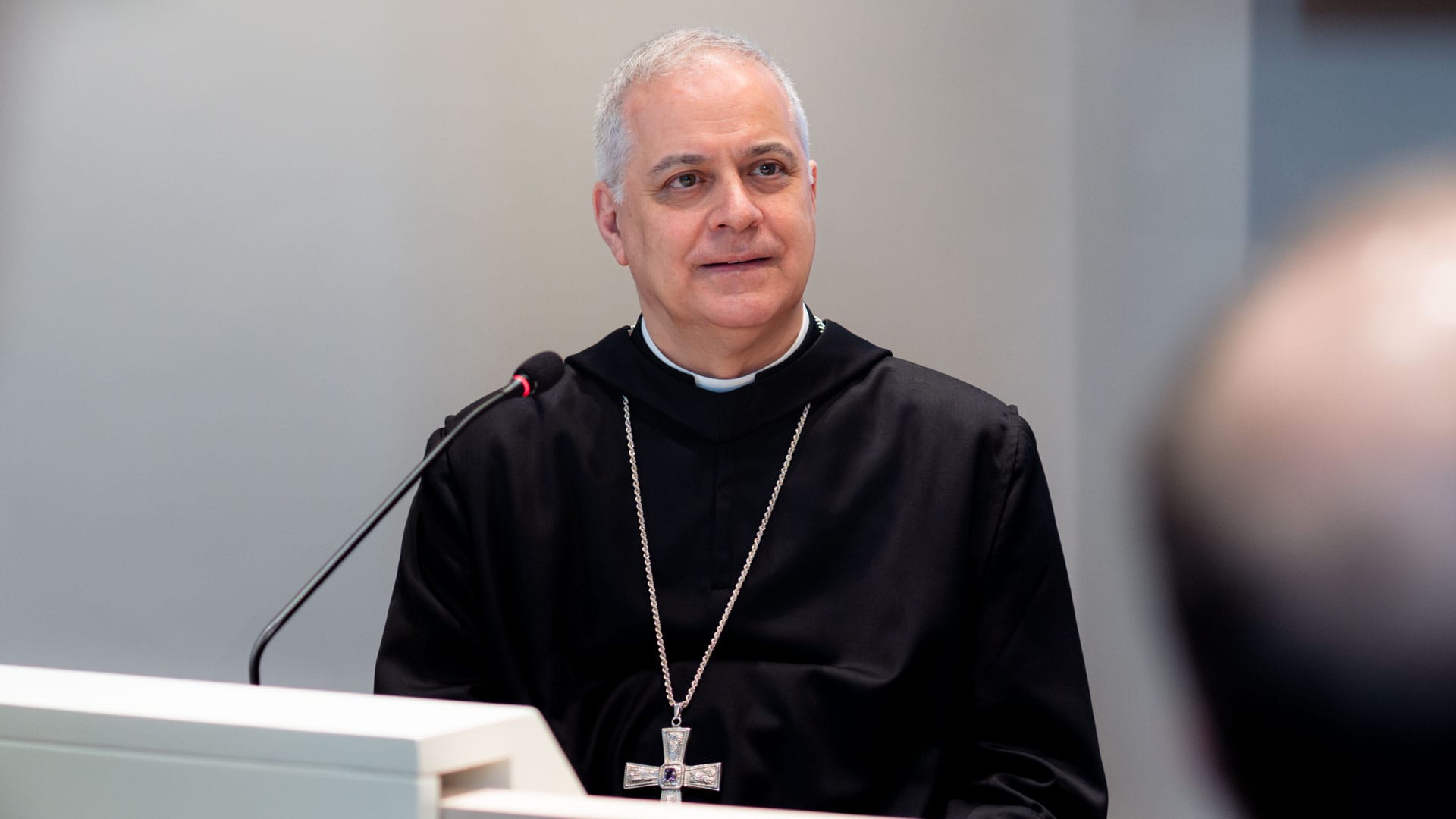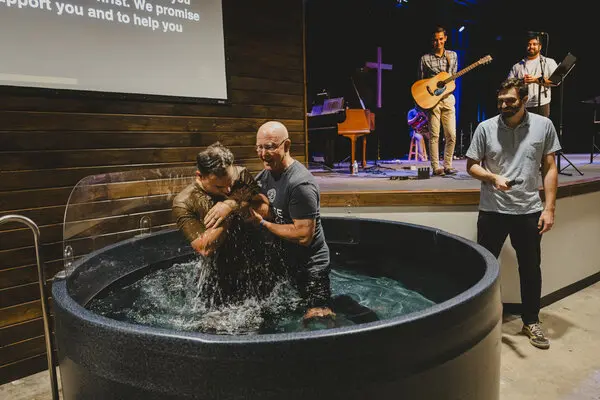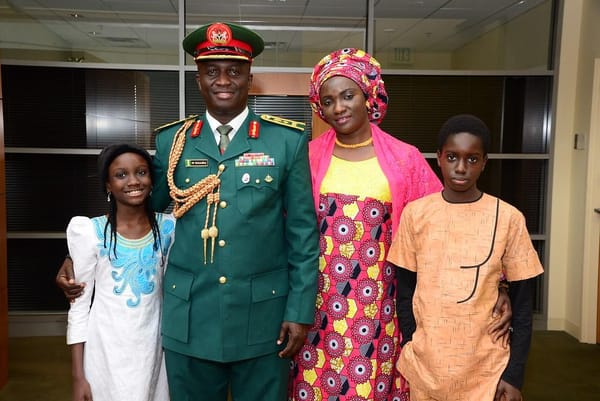King Charles to Pray With Pope Leo XIV in Historic Sistine Chapel Service

Vatican City - King Charles III will become the first reigning English monarch in nearly 500 years to pray publicly with a Pope when he joins Pope Leo XIV for an ecumenical service in the Sistine Chapel on October 23, 2025.
The historic event will mark the first time since the Protestant Reformation that a British monarch and pontiff have prayed together in public. King Henry VIII split from the Vatican in 1534, ending nearly a millennium of unity between England and Rome.

King Charles and Queen Camilla will undertake a two-day state visit to the Vatican on October 22-23. The royal couple will first meet privately with Pope Leo XIV in the Apostolic Palace at 11 a.m. on Thursday, October 23, in what will be their first meeting with the newly elected pontiff.
Following the private audience, the King and Pope will make history by praying together in an ecumenical service in the Sistine Chapel, beneath Michelangelo's famous frescoed ceiling. The service will focus on care for creation and praising God the Creator, reflecting the shared environmental concerns of both leaders.
Archbishop Flavio Pace, secretary of the Dicastery for Promoting Christian Unity, stated at a Vatican press briefing on October 17: "It marks a historic moment in the journey of reconciliation between our Churches. It celebrates how far we've come and offers hope for the future."
The Sistine Chapel Choir will sing together with England's Choir of St. George's Chapel and the Choir of His Majesty's Chapel Royal. Stephen Cottrell, the Anglican Archbishop of York, will also participate in the service.
According to a Buckingham Palace spokesman, "This will be the first state visit, since the Reformation, where the pope and the monarch will pray together in an ecumenical service in the Sistine Chapel."
Following the Sistine Chapel service, King Charles and Pope Leo XIV will proceed to the Sala Regia, a state hall in the Apostolic Palace, for a discussion on care for creation and environmental sustainability. They will be joined by business leaders committed to sustainable development and representatives from religious and civil society engaged in environmental protection.
The Vatican confirmed that "two central themes of the Royal visit are Christian unity and care for the planet."
Later on October 23, Cardinal James Michael Harvey, the archpriest of the basilica, will confer upon King Charles the title of "Royal Confrater" of the Papal Basilica of St. Paul Outside the Walls during an ecumenical service at the tomb of St. Paul. Pope Leo XIV is not expected to attend this ceremony.

The title, granted with the approval of Pope Leo XIV, is a gesture of "hospitality and ecumenical welcome," Archbishop Pace explained. The Basilica of St. Paul Outside the Walls has historic connections to England's monarchy dating back to the 6th and 7th centuries, when Saxon rulers including Kings Offa and Æthelwulf contributed to the upkeep of the apostles' tombs in Rome.
By the late Middle Ages, English kings were recognized as "protectors" of the Basilica of St. Paul, and its heraldic shield included the insignia of the Order of the Garter. That tradition was interrupted by the Reformation and centuries of estrangement.
A specially commissioned chair bearing King Charles's coat of arms and the Latin inscription "Ut unum sint" ("That they may be one") from the Gospel of John will be installed in the basilica. The chair will remain there for the king and his successors to use during future visits.
The ecumenical service at St. Paul's will be presided over by Father Donato Ogliari, the basilica's abbot, with participation from Archbishop Cottrell and the Rev. Rosie Frew, moderator of the General Assembly of the Church of Scotland.

The service will conclude with a hymn composed to a text by St. John Henry Newman, the English cardinal and convert from Anglicanism whom Pope Leo XIV will declare a Doctor of the Church on November 1. King Charles attended Newman's canonization in 2019 and recently became the first monarch to visit the Birmingham Oratory, the priestly community founded by Newman in 1848.
Queen Elizabeth II was the first British monarch since the Reformation to make an official visit to the Holy See, meeting with Pope John XXIII in 1961. However, she did not participate in any joint act of worship. In 1966, Pope Paul VI met with Archbishop Michael Ramsey of Canterbury in the Basilica of St. Paul Outside the Walls, launching formal dialogue between Catholics and Anglicans for the first time since the 16th century.
King Charles had originally planned to make this state visit in April 2025, but it was postponed due to Pope Francis's illness. The royal couple briefly met Pope Francis on April 9, 2025, at the Vatican during their state visit to Italy, just weeks before his death on April 21, 2025.

THE CRUSADERS OPINION
Five centuries of separation end as King and Pope pray together beneath Michelangelo's masterpiece.
This moment transcends politics and protocol. It represents authentic Christian reconciliation.
The Reformation divided Western Christendom over legitimate theological concerns and papal corruption. But division was never God's desire for His Church.
Christ prayed "that they may be one" (John 17:21). King Charles's chair bearing this inscription acknowledges Christianity's deepest wound: our fractures.
Catholics and Anglicans share apostolic succession, sacramental worship, and devotion to Christ. Our differences remain real, but our common faith in Jesus Christ as Lord matters infinitely more.
This ecumenical service doesn't compromise doctrine. It acknowledges our shared baptism and mission.
While secularism advances and Islam threatens Christian Europe, believers cannot afford division. We must stand united under Christ's lordship.
The King praying with the Pope sends a powerful message: Christian unity is possible without surrendering truth.
May this historic moment inspire all denominations to pursue reconciliation rooted in Scripture and centered on Christ.
The Reformation's legitimate reforms need not mean permanent separation. Unity without uniformity honors both our shared heritage and theological integrity.
Reflect on Christian Unity
Pray for:
- Continued reconciliation between Catholic and Anglican traditions
- Unity among all Christians while maintaining biblical truth
- The success of ecumenical dialogue efforts worldwide
Scripture Reflection: Read John 17:20-23, Christ's prayer for unity among His followers.





